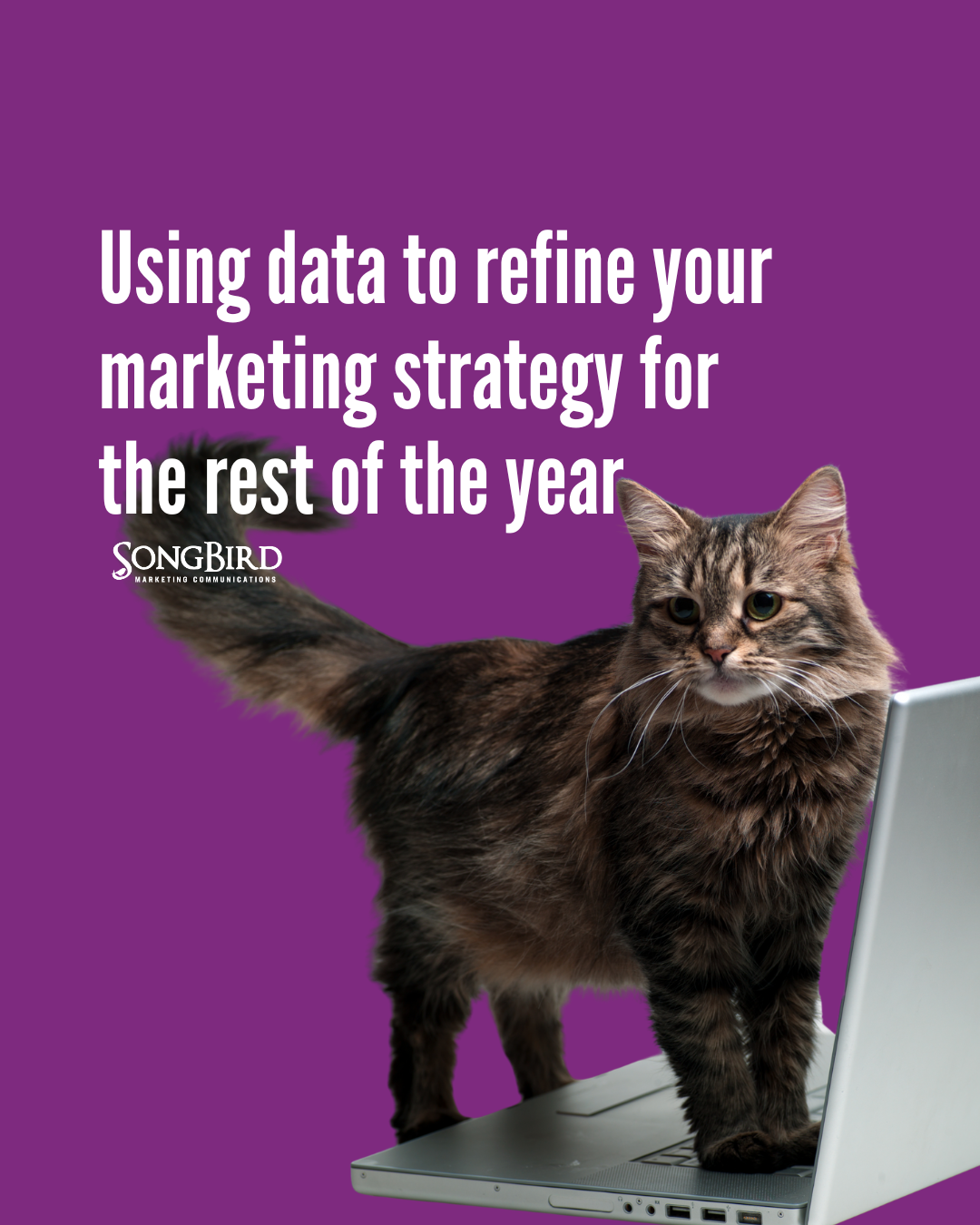Using data to refine your marketing strategy for the rest of the year
As we approach the month of August, it’s the perfect time to start thinking about the end of the year and what you can do to set yourself up for success.
Let’s start with the basics and go from there!
What’s coming up and why is it important?
The last part of the year coincides with one of the biggest shopping seasons of the year (the holiday season). Since it aligns with the holidays and can have a major impact on your performance over the year, it’s important to consider how you can optimize your marketing strategy (among other things) for success.
Why data is important for planning
Data is important for so many reasons. Data can provide insights on how people are spending, where they’re spending, their shopping journey, demographics, and so much more. Data helps give you a foundation to build on rather than just relying on trends or advice.
Where to look for data
There are so many places where you can get useful and insightful data, for example:
Social Media apps: Many platforms have built-in sections for analytics/insights.
Social media management and scheduling platforms: Like social media platforms, these tools typically have sections for analytics. Platforms like Later and Hootsuite include Analytics sections so that you can review and track your performance on social media.
Google Analytics: This is a robust option to see website statistics. Some website builder platforms such as Squarespace or Shopify have analytics built in..
If you use a platform like MailChimp for your email campaigns and newsletters you can view data through the platform.
Tip: We suggest creating a tracking document to keep track of this data over time so you can easily access it from anywhere and can see trends over time.
How to use data to refine your marketing strategy
Review
One of the best ways to get started when it comes to refining your marketing strategy is to review what’s working and what’s not working. This way you can focus and build on what’s already working. For example, you can review your social media data to identify what content is resonating with your audience. With this information you can repurpose content that has performed well, tweak your content calendar, change where you show up online, and more.
Plan based on your audience
As mentioned, data provides valuable insights on your audience, this can help with your planning.Using audience data can help you figure out the best times to schedule your campaigns, social media content, etc. so that your audience is seeing it during peak engagement times and when they are more likely to be searching or shopping.
Refine your messaging and offers based on data
Sometimes your messaging or your offers just aren’t hitting the right note or maybe they’ve plateaued and that’s ok, it happens to the best of us. Maybe you just want to elevate your strategy and that’s ok too! Data can help point you in the right direction.
Reassess your budget (if you have one)
It’s a great time to reassess your budget, once you’ve got your budget and data, you can decide where you can afford to put some of your money, for example, you can budget money for online ads. You can also use the data to decide where not to put your money, for example, if social media ads aren’t working, but search ads are, or if ads on one platform have performed better than another platform, you can shift the budget to focus where you excel.
Automate
Automation platforms and features are a great tool to have at your disposal, especially when planning ahead. Remember when we said that you should track your analytics, well here’s a case where these metrics can come in handy! Many scheduling platforms and blog posts can tell you the “hot” times to post, and they are a great place to start but they aren’t always YOUR best time to post. If you keep track of your analytics, they can help paint a picture of what days and times seem to work best. Over time, they can also illustrate patterns such as a slump or a period of increased engagement.
Keep in mind, things like social media habits, customer behaviour, etc., can change over time, which brings me to my next point…
Be adaptable
If the last, say 5 years, have told us anything, it’s the importance of being flexible and being able to adapt. You never know what could happen in a month, 6 months, 1 year, etc.
Need a fresh perspective for planning ahead? We can help! Book your free 20 minute consultation.

